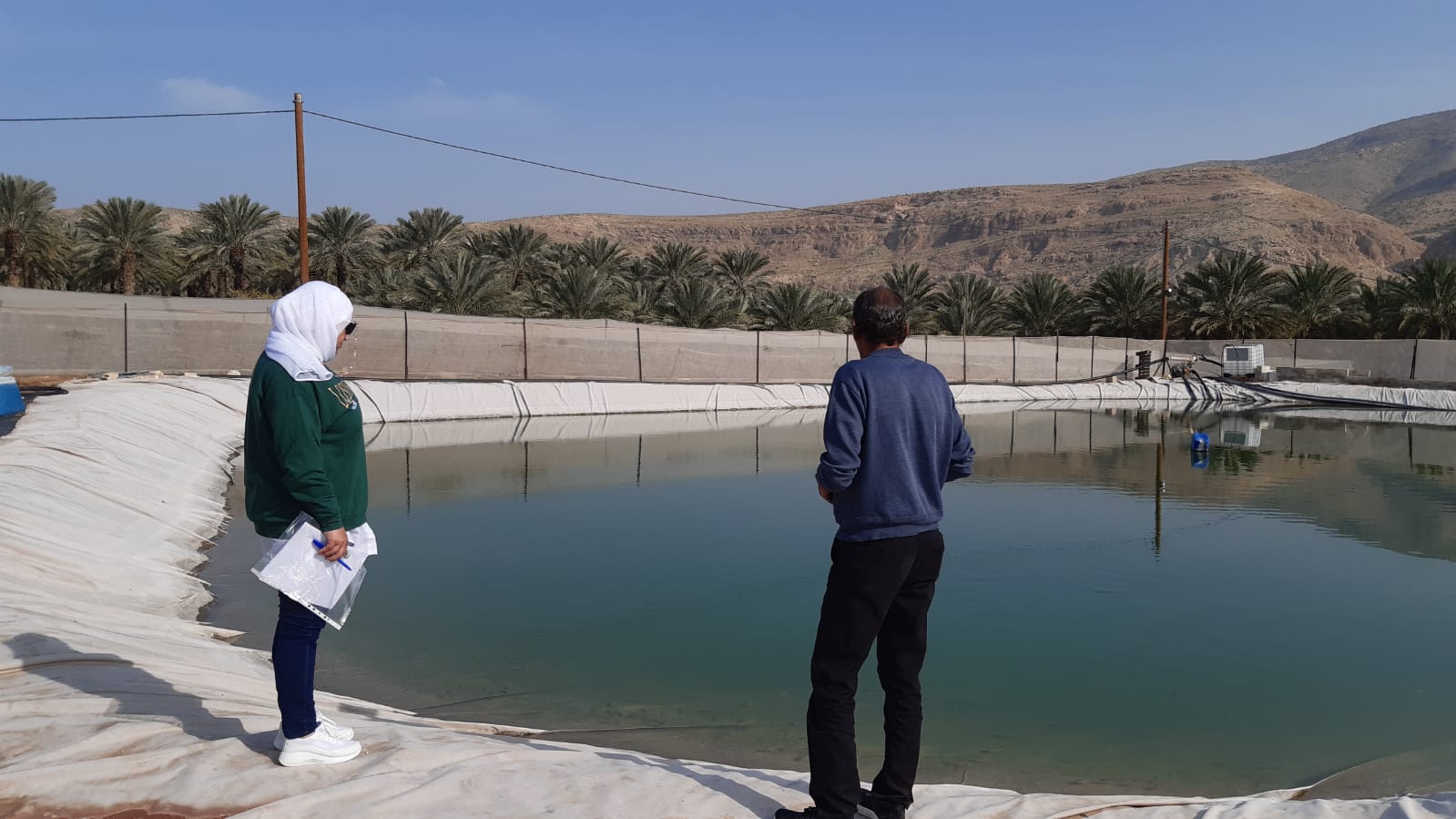Aquaculture survey kicks off in Palestine to support the growth of the sector

Palestine is partnering with the GFCM to support the sustainable development of Palestinian aquaculture as a source of employment and food security.
Aquaculture is an emerging economic activity in the West Bank while the aquaculture and fisheries sectors are two of the main economic activities in the Gaza Strip. Furthermore, fish represents one of the primary sources of food and protein, and plays a crucial role in food security, more so in the current situation of COVID-19.
Following its subregional approach, the GFCM supports its Eastern Mediterranean members through technical assistance. More specifically, last year a general aquaculture census was conducted in Lebanon and a similar one is now starting in Palestine’s West Bank and Gaza strip.

The GFCM will provide technical assistance to set up a series of priorities specific to each country or territory and subregion, and to promote exchanges of good practices between and within countries.
“The Palestinian context offers unique characteristics and therefore requires a tailored approach,” explains GFCM Aquaculture officer, Housam Hamza. “We are looking to identify the main opportunities of the sector, in order to define with the different stakeholders, the best way forward for the developments of the sector.”
The GFCM is working with the Palestinian Ministry of Agriculture, and the FAO office in Palestine to scale up aquaculture development to contribute toward the creation of new jobs, the improvement of livelihoods and the recovery from the socio-economic impacts of COVID-19. Fish production from inland aquaculture has increased; however, some constraints such as fingerling and feed supply remain, affecting the sector's sustainability.
With this three-month general census on aquaculture in West Bank and Gaza, the GFCM aims to provide farmers and administration with the technical tools necessary to manage the sector at the farm and administrative levels, as well as to enhance capacity-building on the use of geographic information systems to gather data on the field.

